Posted By: Andy Kamashian | Posted On: February 7, 2025
Waterjet Vs Fiber Laser: Which Process Is Right for You?
Choosing the right cutting technology for your manufacturing or fabrication needs is a crucial decision that can impact production efficiency, cost, and final product quality. Two of the most popular shape cutting technologies today are Abrasive Waterjet and Fiber Laser cutting. Both methods have their strengths and weaknesses, and understanding these differences can help you make an informed decision. Below, we explore the advantages and disadvantages of each method before comparing them directly to determine which process is right for you.
Waterjet Advantages
Versatile Material Cutting
One of the biggest advantages of waterjet cutting is its ability to cut a wide variety of materials AND a wider variety of material thicknesses (6"+ is not uncommon). Unlike laser cutting, which is typically limited to thin metals and some plastics, waterjet technology can cut virtually anything, including metal, stone, glass, ceramics, composites, and even food products. Literally anything you can touch can be cut with a waterjet.
No Heat-Affected Zone (HAZ)
Waterjet cutting is a cold-cutting (actually grinding) process, meaning there is no heat-affected zone (HAZ). This is particularly beneficial when cutting heat-sensitive materials that can warp, discolor, or experience structural changes due to high temperatures.
High Cutting Precision
Modern waterjet systems can achieve very high precision, often within +/- 0.003 inches. This makes waterjet cutting ideal for applications requiring intricate and detailed cuts.
Minimal Material Waste
Because waterjet cutting uses a narrow kerf width (typically 1MM or less), it minimizes material waste, making it an efficient and cost-effective option for many industries.
Environmentally Friendly
Waterjet cutting does not produce hazardous fumes or toxic gases, making it an environmentally friendly choice compared to other cutting processes. The only items used in the process are water and garnet (a mined hard mineral/stone used as an abrasive) producing a waste stream that can easily go to the landfill.
Waterjet Disadvantages
Slower Cutting Speeds
Compared to fiber laser cutting, waterjet cutting is significantly slower, particularly for thin materials. This can lead to longer production times and higher operating costs in high-volume applications. Also waterjets are generally not able to be automated with loading/unloading due to the abrasive environment in which they operate.
High Operating Costs
Waterjet systems require high-pressure pumps, nozzles, bedding, abrasive, and significant amounts of power, which can make operational costs higher compared to fiber laser cutting (Fun Fact: Water is the least expensive consumable in the operation of a waterjet).
Maintenance Requirements
Waterjet cutting machines require regular maintenance due to the high wear and tear on nozzles, pump components, valves, high pressure delivery lines, and other components. This adds to the overall cost of ownership.
Messy Operation
Water and abrasive materials create a slurry that needs to be properly managed and disposed of. This can make the process messier compared to laser cutting, which produces minimal waste.
Fiber Laser Advantages
High Cutting Speeds
Fiber laser cutting is one of the fastest cutting technologies available, particularly for thin and medium-thickness metals. This makes it ideal for high-production environments where speed and efficiency is critical. Also Fiber Lasers are highly automatable and can be equipped with sheet loaders, unloaders and a variety of automation methods further increasing their efficiency.
Low Operating Costs
Unlike waterjet systems, fiber laser cutters have lower consumable costs. They do not require abrasives, and their energy efficiency helps keep operating costs low.
Excellent Precision and Edge Quality
Fiber laser cutting provides high precision and smooth edge quality, often requiring little to no secondary finishing. This makes it ideal for industries requiring high precision, such as aerospace and medical device manufacturing.
Minimal Maintenance
Fiber lasers have fewer moving parts and do not require consumables like abrasive materials, leading to lower maintenance needs and longer system lifespan. Typically protective lenses and nozzles are all that's needed in day to day maintenance.
Clean and Efficient Process
Unlike waterjet cutting, fiber laser cutting does not produce a slurry or require water management, making it a cleaner and more environmentally friendly option in terms of waste disposal.
Fiber Laser Disadvantages
Limited Material Compatibility
Fiber laser cutting is primarily used for metals and certain plastics. It cannot effectively cut materials like glass, stone, or composites, making it less versatile than waterjet cutting. It also is limited in material thicknesses with effective cutting thicknesses (under 30MM in most cases).
Heat-Affected Zone (HAZ)
Because fiber lasers generate heat during the cutting process, there is a risk of heat-affected zones, which can cause warping, discoloration, or structural changes in certain materials. Some manufacturing industries will not allow HAZ on the apparts due to the possibility of micro cracking (i.e. aircraft engines)
Higher Initial Investment
Fiber laser cutting systems generally have a higher upfront cost compared to waterjet systems. This may be a barrier for smaller businesses looking to invest in cutting technology.
Reflective Material Challenges
Highly reflective materials like copper and brass can pose challenges for fiber laser cutters, requiring specialized coatings or adjustments to prevent damage to the laser source.
Head-to-Head Comparison
| Feature | Waterjet Cutting | Fiber Laser Cutting |
|---|---|---|
| Material Compatibility | Cuts almost any material | Best for metals and some plastics |
| Cutting Speed | Slower | Much faster, especially for thin materials |
| Heat-Affected Zone | No HAZ | Potential for HAZ |
| Operating Costs | Higher due to abrasives and water use | Lower due to energy efficiency and minimal consumables |
| Maintenance Requirements | High, due to pump and nozzle wear | Low, fewer moving parts and consumables |
| Precision | High | Extremely high |
| Initial Investment | Generally lower | Higher upfront cost |
| Environmental Impact | Uses water and abrasives, requiring disposal | Clean cutting with minimal waste |
| Automation | Generally cannot automate | Highly automatable |
Making the Choice
Choosing between waterjet and fiber laser cutting depends on several factors, including your specific application, material requirements, production volume, and budget. If in general you are looking for high volume and the workpieces fit well within the range of fa Fiber Laser, then that might be your best choice. However if your looking for increased capability over a very wide range of products and materials then a Waterjet could be the best fit for you.
-
Choose Waterjet Cutting If:
- You need to cut a variety of materials, including non-metals.
- Heat-sensitive materials are a concern.
- You require high precision without thermal distortion.
-
Choose Fiber Laser Cutting If:
- You primarily work with metals.
- Speed and efficiency are top priorities.
- You want lower operating costs and minimal maintenance.
Both technologies have their place in modern manufacturing, and in some cases, businesses may benefit from having both systems to handle a wide range of cutting needs.
Southern Fabricating Machinery Sales – Your Cutting Solution Partner
At Southern Fabricating Machinery Sales (SFMS), we understand that selecting the right cutting technology can be a daunting task. That’s why we offer industry-leading expertise to help our clients evaluate their specific needs and choose the best machinery for their production goals. Whether you're looking for a high-precision waterjet cutter or a high-speed fiber laser system, we provide top-quality new and used machinery to fit your budget and requirements.
Our team is dedicated to guiding you through the decision-making process with unbiased advice, customized solutions tailored to your unique application and hands on demonstrations. Visit us at www.southernfabsales.com to explore our extensive inventory and let us help you find the perfect cutting solution for your business.




